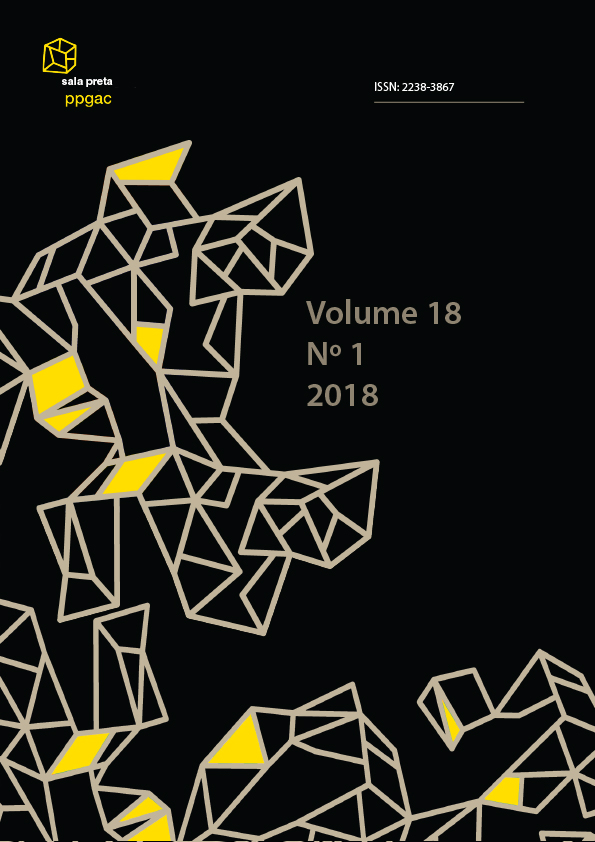O Grande sertão in the ruins of the class room: periphery historical formation and subjective social experience – a work report
DOI:
https://doi.org/10.11606/issn.2238-3867.v18i1p109-125Keywords:
pedagogy, performance, creative processAbstract
This article aims to study the creative process of the stage show Grande Sertão Grajaú: veredas e ruínas. It investigates the tense relations between the theatrical forms, approached in its diverse and contradictory dramatic structures, and subjectivity. This creative process explores the idea of “formation”, inspired by Antonio Candido’s work, Formação da Literatura Brasileira (Brazilian’s Literature Formation), which, in the national literary field, defines the ambivalence that exists in our cultural constitution process, characterized by the influence of imported artistic forms unrelated to the local historical realities. We will seek to identify several indications of a certain “tragic dialectic” and, notwithstanding its own diversity, how it could characterize this formation process capable of generating subjective social experiences as lacerated as the social fabric to which they correspond.Downloads
References
ARANTES, Paulo Eduardo. Sentimento da Dialética. São Paulo: Paz e Terra, 1992.
LACAN, Jaques. Escritos. São Paulo: Zahar, 1999.
OLIVEIRA, Francisco de. Crítica à razão dualista. O ornitorrinco. São Paulo: Boitempo, 2003.
ROSA, João Guimarães.Grande sertão:veredas. Rio de Janeiro: Nova Fronteira, 2001.
SZONDI, Peter. Ensaio sobre o trágico. São Paulo: Zahar, 2004.
VIANNA FILHO, Os Azeredo mais os Benevides, Rio de Janeiro: MEC/SNT, 1968.
ZIZEK, Slavoj. Viver no fim dos tempos. Lisboa: Relógio d’água, 2011.
________ Órganos sin cuerpo. Valencia: Pre-textos, 2006.
Downloads
Published
Issue
Section
License
Ao submeter um artigo à Sala Preta e tê-lo aprovado para publicação os autores concordam com os termos da Licença Creative Commons Atribuição-NãoComercial-CompartilhaIgual 4.0 Internacional. Os autores mantém, sem restrições, os direitos autorais dos documentos publicados pelo periódico.
Os documentos distribuídos sob os termos da Licença Creative Commons Atribuição-NãoComercial-CompartilhaIgual 4.0 Internacional podem ser compartilhados, copiados e redistribuídos em qualquer meio e formato desde que sem fins comerciais e que os devidos créditos sejam dados. Os documentos também podem ser adaptados, remixados e transformados desde que, neste caso, as contribuições feitas ao material original sejam distribuídas sob a mesma licença que o original.





